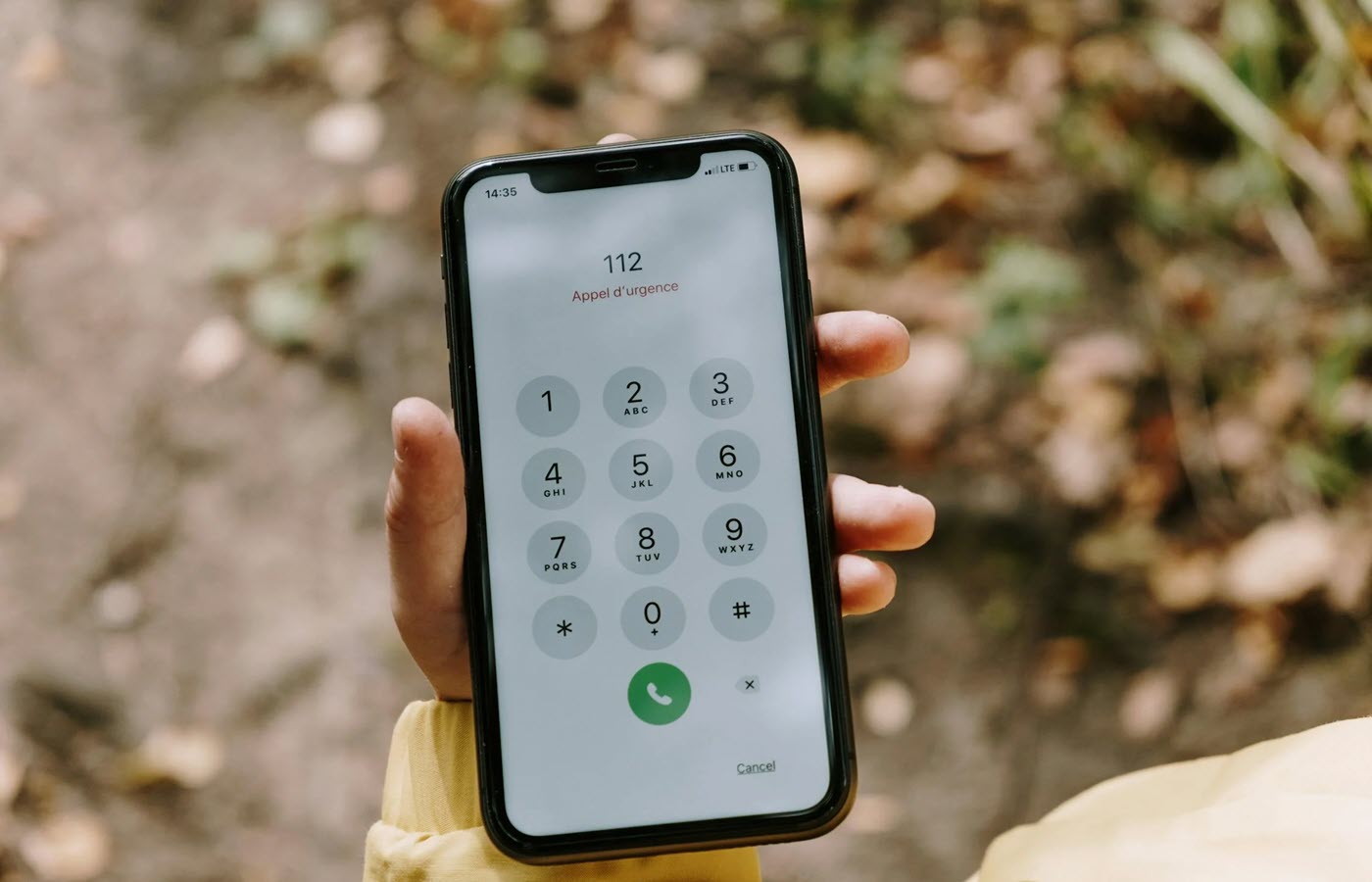IVR
-
Blog

6 Best Interactive Voice Response (IVR) Software of 2025
While searching for the best IVR solutions, I prioritized ease of setup and use. I deliberately avoided IVR systems that require on-premises deployment, lengthy implementation times, and ongoing maintenance. From there, I took a deep dive to learn how each feature works, what makes an overall system great, red flags to look out for, and the optimal use cases for…
Read More » -
Blog

How to Know if a Natural Language IVR Is Worth the Cost
Customer service expectations have changed dramatically over the past several years, with more and more people expecting to get help faster than ever before. A natural language IVR (Interactive Voice Response) solution is an automated system that allows callers to speak in a conversational, free-form way to interact with the system, using speech recognition and AI to understand and process…
Read More » -
Blog

How Smart IVR Unlocks a Better Caller Journey
Smart IVR refers to Interactive Voice Response (IVR) systems that can recognize and respond to human speech. Unlike traditional IVR — which relies on rigid menus and keypad inputs — smart IVR can interpret spoken language, ask clarifying questions, and adapt its responses based on customer needs. This creates a smoother, faster experience that leaves callers more satisfied and businesses…
Read More » -
Blog

7 Signs a Multi Level IVR Is a Must-Have for Your Callers
Interactive Voice Response (IVR) allows callers to interact with a phone system through pre-recorded voice prompts and touch-tone selections. It’s commonly used in call centers to automate call routing and provide customers with self-service options, such as checking account balances or troubleshooting issues without speaking to an agent. IVR levels refer to the number of menu layers a caller can…
Read More » -
Blog

Is the IVR Menu Dead? Well, That Depends
Interactive Voice Response (IVR) menus seem old-fashioned compared to today’s AI-driven alternatives like conversational IVR and interactive virtual assistants (IVAs). So I don’t blame you for thinking that the IVR menu is obsolete, too old-fashioned to use in a world where customers interact with brands through apps and chatbots. But it’s not dead at all. The basic IVR menu is…
Read More » -
Blog

Out of 15 IVR Best Practices, You Only Need These 7
Interactive Voice Response (IVR) systems are like digital receptionists—they help customers and agents alike by automating phone system tasks and providing useful information to callers. When it comes to IVR, there’s a lot of info out there about strategies, tips, and best practices. But there are only seven IVR best practices that truly matter when it comes to improving your…
Read More » -
Blog

21 IVR Scripts You Can Steal (And How to Use Them)
Interactive Voice Response (IVR) systems are often the first point of contact between a business and its customers. A well-crafted IVR script sets the tone for the interaction, helping callers navigate quickly and efficiently to the support they need. Clear, intuitive scripts not only save time for both customers and agents but also reduce frustration, leaving a positive impression of…
Read More » -
Blog

All 6 Types of IVR Routing and When to Use Each One
Interactive Voice Response (IVR) routing is a way to guide your callers to the best-fit agent, department, or service center to answer their questions, solve their queries, and meet their specific needs. The end result? Higher customer satisfaction, plus streamlined call management for your business. IVR is a strategic tool that benefits your callers by reducing their wait times and…
Read More » -
Blog

5 Best Practices for Setting Up a Smooth IVR Phone Tree
An interactive voice response (IVR) system provides an automated phone menu for callers to interact with instead of a live agent. They present a tree of options for customers to serve themselves, thus giving businesses an efficient and cost-effective way to route calls and solve certain issues. For callers, an IVR can reduce wait times and deliver a better customer…
Read More » -
Blog

How IVR Analytics Fixes Call Flow Issues and Frees Up Agents
Interactive Voice Response (IVR) analytics is a practical approach to interpreting the data collected through IVR systems. It’s a tool that provides businesses with insights into customer interactions, preferences, and system performance. IVR analytics helps companies understand patterns and trends in customer behavior. It helps them identify inefficient call flows and customer service bottlenecks. Companies that use IVR analytics well…
Read More »

